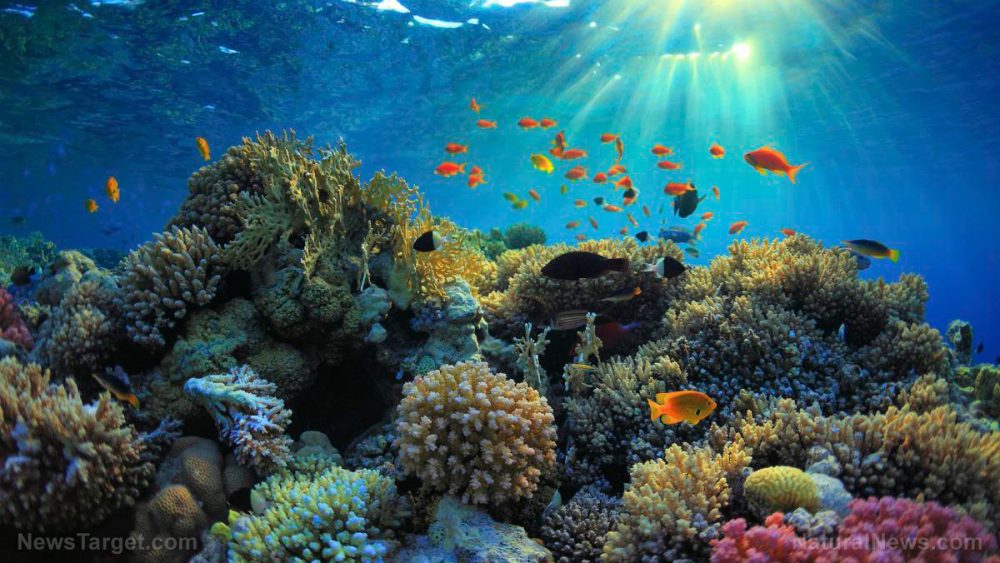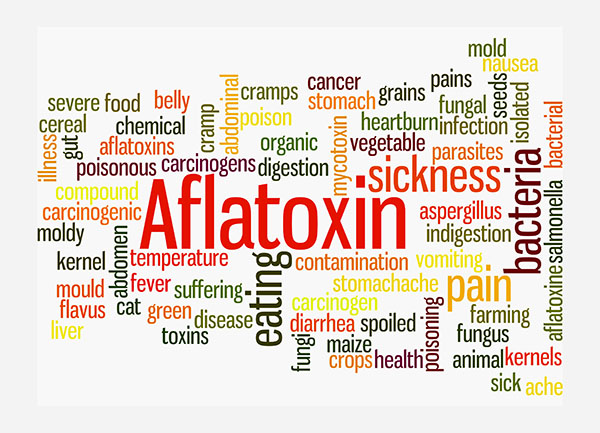
Advertisement
Researchers have discovered that fish living in damaged coral reefs have an alternative source of sustenance aside from the reefs where they live. An Australian study recently found that ocean currents haul in considerable amounts of food to reef structures; enough to keep the remaining population fed.
A healthy coral reef produces large amounts of nutrients. They achieve high levels of productivity through several means.
Coral reefs recycle available materials with high efficiency. They also acquire additional nutrients from sources in deeper waters. Finally, they take full advantage of anything produced by their inhabitants.
Their treasure trove of nutrition draws plenty of marine life that lives in tropical waters. Fish account for most of the food produced by coral reefs since they have many ways to access all those nutrients.
Of course, the bounty only lasts as long as the corals remain healthy. When the reef gets damaged — by any variety of factors — the surviving corals produce far less food and work less efficiently.
Researchers at James Cook University (JCU) wondered how the fish that remained in damaged coral reefs kept themselves fed. Renato Morais and David Bellwood investigated alternative sources of food for affected reefs. (Related: New purpose for old oil rigs: Researchers suggest transitioning them to human-made reefs.)
Food from ocean currents help feed fish populations in damaged coral reefs
The JCU team knew that coral reef fish depend on plankton and other food from the open ocean that drifts into their underwater homes, delivered by the currents. However, they had no idea of the importance of this pelagic source of nutrition.
Morais and Bellwood took data from high-resolution surveys of coral reefs. They added assessments of individual biomass produced at these locations.
Their efforts produced the first energy map of all the fish species found on a coral reef. Using their chart, it became possible to identify the types of food consumed by a given species and the percentage of energy provided by each source of nutrition.
“We looked at everything from gobies to coral trout and large jacks, assessing more than 18,000 fish from over 300 species,” explained Morais in a statement. “We found that various transport mechanisms, such as currents and tides, interact with the reef and bring in vast amounts of plankton.”
He and Bellwood determined that for every kilogram worth of coral reef fish, more than 400 grams of that bodyweight got its energy needs from food that came from the open ocean. For species that lived on the side of the reef facing the sea, the percentage of nutrition from pelagic food increased to almost 600 grams.
Damaged coral reefs remain viable ecosystems, thanks to nutrients from the open ocean
The JCU-developed energy map showed that coral reef fish might support themselves on food from sources outside their homes. Even if many of the corals got damaged and died, the fish populations would not starve during the time that the reef took to recover.
Further, the researchers realized that the sections of the coral reef facing the open ocean also supported the highest number of fish biomass. In particular, they identified the slopes of the reef structure as the most productive area.
“The discovery that reef fish get so much of their food from off-reef sources was encouraging, especially because many species that feed on oceanic material have a history of disappearing after coral loss,” noted Morais.
Bellwood added that their energy map provided the first complete perspective on the many species of coral reef fish. Additionally, it showed that many coral reefs continue to support thriving populations of marine life despite sustaining damage from various factors.
Sources include:
Advertisements







